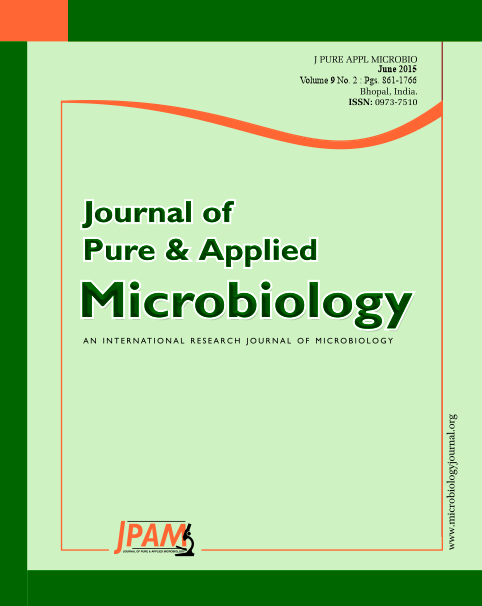Dioxygenase hasfundamental role in degradation of aromatic compounds and is able to cleavearomatic rings. This enzyme can catalyze the interpolation ofboth atoms of molecular oxygen into substrates during the several reactionmechanisms. This work aims to amplify the dioxygenase of Anoxybacillus sp. DT3-1 and to analyze the different structures. The genomic DNA was extracted in order to isolate and amplify the full length gene of dioxygenase using Netprimer program (to design the primers) and Polymerase Chain Reaction (PCR) method. According to the Gradient PCR (GPCR), 50 ºC was determined as the optimum annealing temperature in this study. Three softwares (EsyPred, I-Tasser and CPH Model) andone template chain (2pw6 chain ‘A’)were employed to predict the tertiary structure of dioxygenase. The predicted tertiary structure by CPH Model showed the most accurate result in comparison with EsyPred3D and I-Tasser. Also, four conserved regions and their locations were determined based on the predicted 3D structure by CPH Model. According to the obtained phylogenetic tree, there are three main branches A, B and C which rationally categorize the highly related species based on the dioxygenase which was highly related toAnoxybacillusflavithermus WK1 and Anoxybacillus sp. SK3-4.
Anoxybacillus sp. DT3-1, CPH Model, Dioxygenase, Signal P
© The Author(s) 2015. Open Access. This article is distributed under the terms of the Creative Commons Attribution 4.0 International License which permits unrestricted use, sharing, distribution, and reproduction in any medium, provided you give appropriate credit to the original author(s) and the source, provide a link to the Creative Commons license, and indicate if changes were made.


